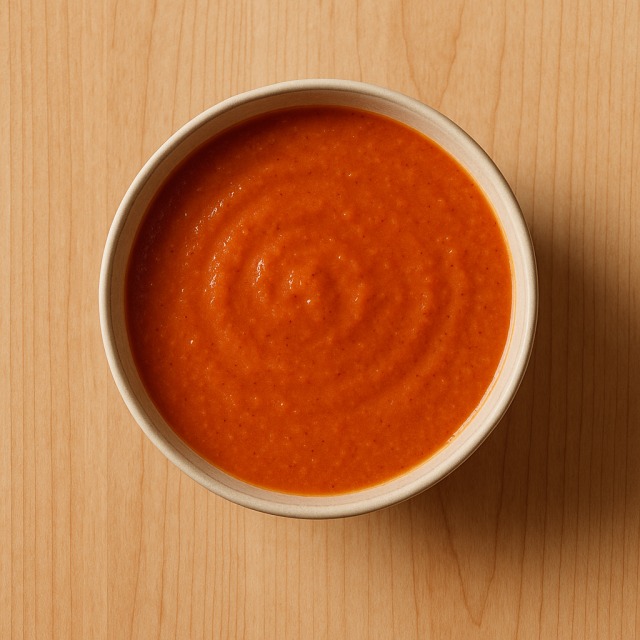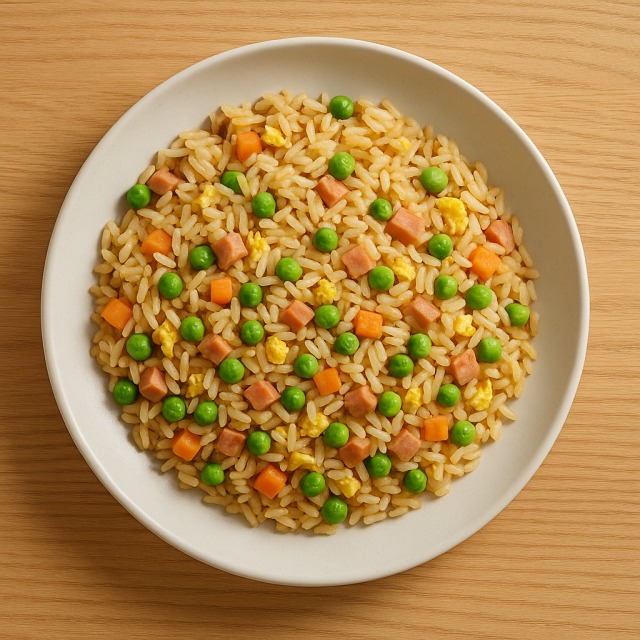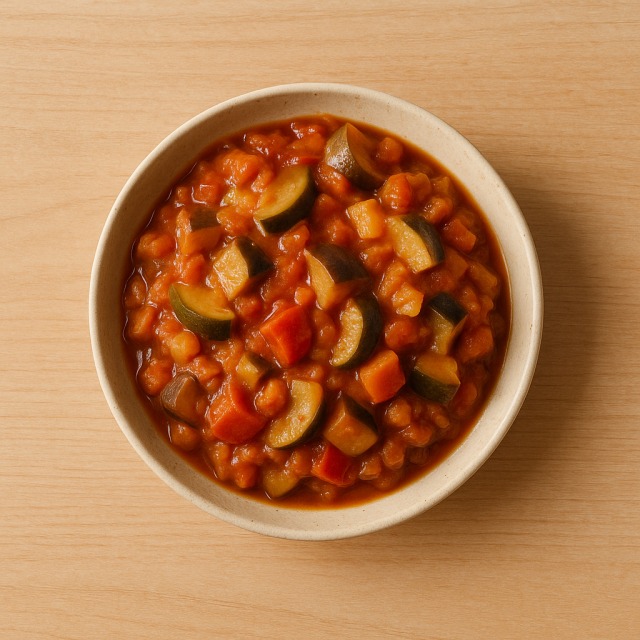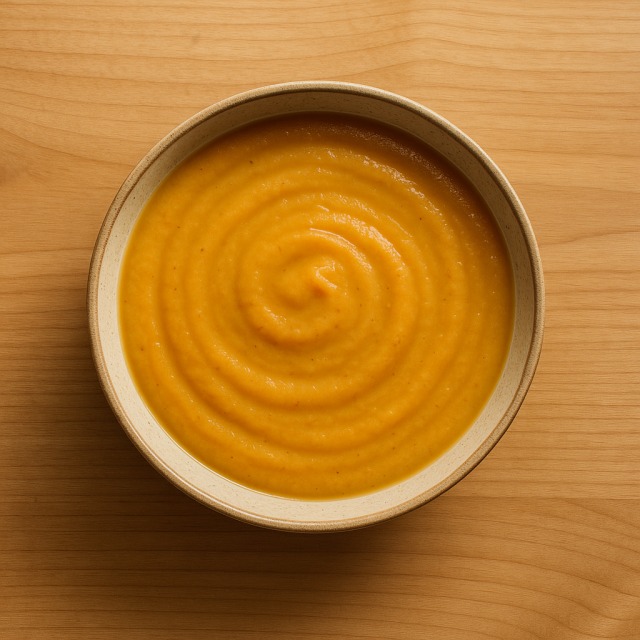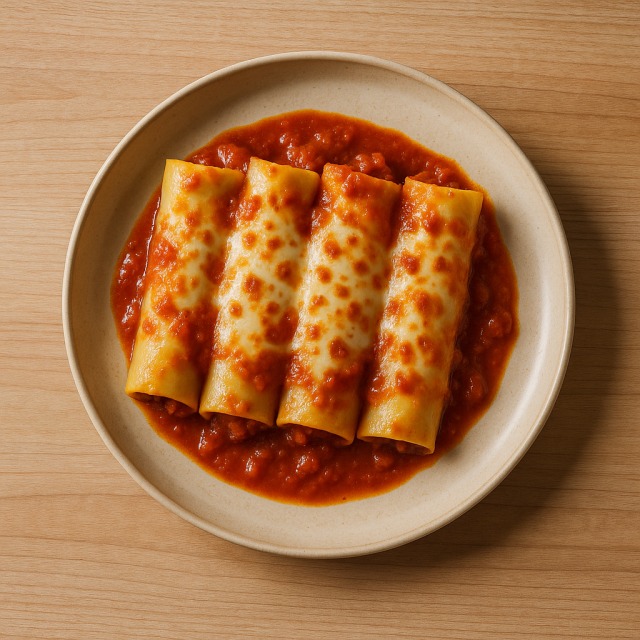Calorie Chart / Recipes / Zucchini gratin
How Many Calories Are in Zucchini gratin?
Calculation of the nutritional value & Recommended Dietary Intake of zucchini gratin
For g and a calorie requirement of kcal
| Calories 236 kcal | Proteins 6 g | Lipids 20 g | Carbohydrates 8 g |
| 12% | 8% | 30% | 3% |
Health benefits of zucchini gratin
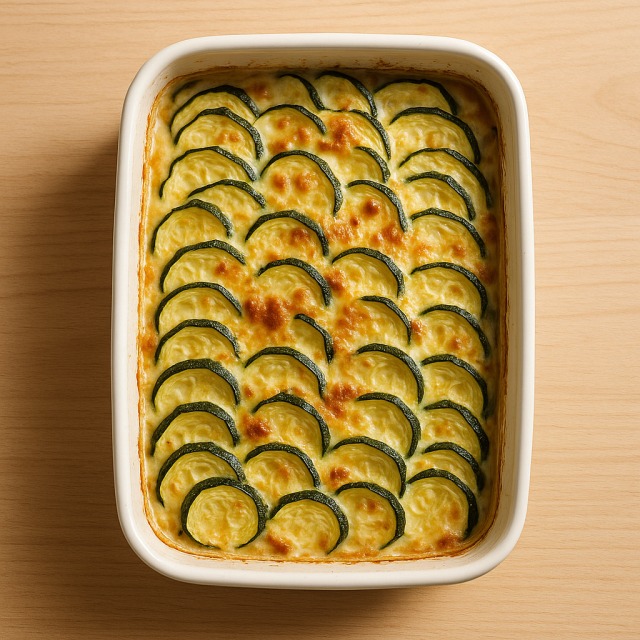
Zucchini gratin - 100g
Calories 118 kcal
Proteins 3 g
Lipids 10 g
Carbohydrates 4 g
With around 118 calories per 100 g, zucchini gratin is considered a moderate-calorie preparation: lower in calories than a creamy tartiflette but richer in calories than plain steamed vegetables. The zucchini itself supplies vitamin C, vitamin A precursors (β-carotene), vitamin B6, and folate, while the usual cheese topping adds calcium and proteins that remain compatible with a sensible calorie budget.
The presence of potassium and manganese contributes to electrolyte balance and antioxidant defenses, and the lutein and zeaxanthin naturally found in zucchini are studied for their supposed role in eye health. Thanks to its moderate calorie density, the gratin can be included both in weight-management plans and in sports menus where controlled calorie intake is crucial for recovery.
A Provençal classic, zucchini gratin dates back to recipes published in 19th-century French culinary books; replacing part of the cream with low-fat milk became popular during wartime rationing—an early attempt to cut calories without sacrificing flavor. Remember, though, that portion size is decisive: doubling the serving will obviously double the calories.
Tips for incorporating zucchini gratin into a balanced diet
To keep calories under control, prepare your zucchini gratin with a light béchamel made from semi-skimmed milk and a small amount of light butter; sprinkle just a thin layer of grated Emmental. This simple tweak can shave dozens of calories per portion while preserving the characteristic golden crust.
For a balanced plate, pair one serving of gratin with grilled chicken breast and a fresh arugula salad. This trio delivers fiber, lean proteins, and only moderate calories, helping you stay satiated without a calorie spike.
If you need more energy—after a workout, for example—add a side of brown rice or a spoon of pesto sauce on top. Athletes monitoring calories often appreciate how the dish adapts: keep the same volume but swap cream for thick light crème fraîche when calories must be trimmed.
Vegetarians can make a protein-rich version by folding in cubes of tofu before baking. The tofu absorbs flavors, increases proteins, and adds minimal calories compared with extra cheese. Whether you follow a slimming program or require extra fuel, adjusting cheese, cream, and side dishes lets you fine-tune calories with ease.
Frequently Asked Questions
- How many calories are in zucchini gratin?
- There are 118 kcal per 100 g.
- Is zucchini gratin suitable for weight loss?
- Yes, its moderate 118 calorie density allows it to fit into a calorie-controlled diet, provided you limit portion size and avoid adding high-calorie sides.
- How can I reduce the calories even further?
- Replace full-fat cream with light crème fraîche, use a measured amount of Emmental, and bake without added oil; these changes can save up to 30–40 calories per serving.
- Does zucchini gratin provide good nutrients besides calories?
- It supplies vitamin C, β-carotene, potassium, and calcium, making it more than just a calorie source.
- What protein can I serve with it to balance calories?
- Grilled chicken breast, baked salmon, or sautéed tofu add protein without excessive calories.
- Is zucchini gratin gluten-free?
- Only if the béchamel is thickened with a gluten-free starch; traditional wheat flour adds minimal calories but does contain gluten.
Similar foods
Information provided by Calorie Menu may contain inaccuracies or errors. It cannot, under any circumstances, substitute medical advice or medication.
